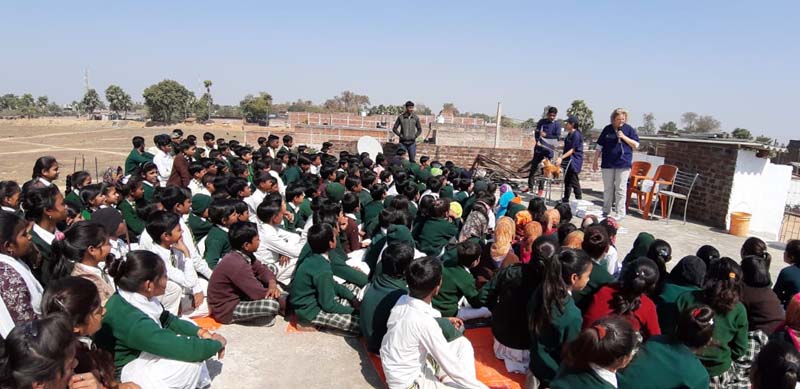
School Education
Garchen Grounds,
Bodhgaya,
February 14 – 23, 2020
The annual veterinary camp began last Friday. Those working in the programme this year include:
• Veterinarians: Dr Diki P. Sherpa, Dr Thinlay Bhutia, Dr Rinchen Ongmoo, Dr Phurba Lepcha, Dr Ruth Pye, Dr Helen Byrnes
• Vet-Aides: Namgay Bhutia, Phurba Tshering Bhutia, D.K. Rai, Smaran Gurung, Sonam Lepcha, Ganesh Gurung, Dolma Bum, Disket Angmo, Samdup Bhutia (Dr Diki’s daughter).
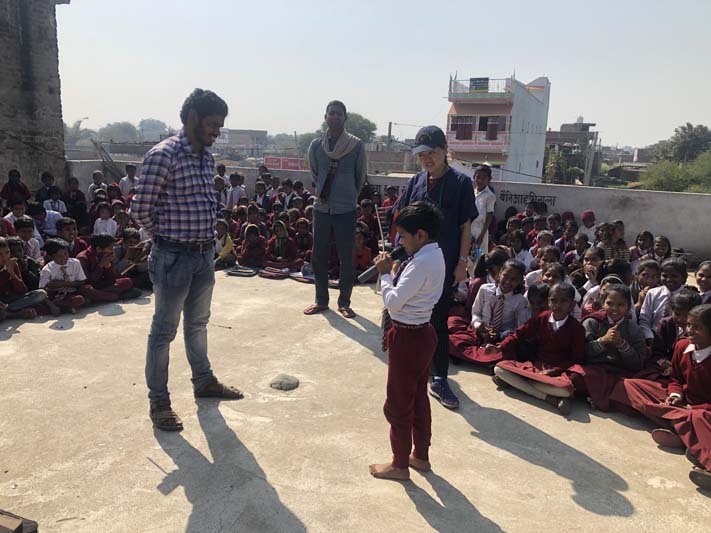
School Education
Many of the volunteers have participated in the camp in previous years and welcome the opportunity to be back doing this important work.
We would like to express our thanks to our sponsors for their unstinting support since 2013: Kagyupa International Monlam Trust, Foundation Brigitte Bardot and SARAH Division, Department of Animal Husbandry, Government of Sikkim. We also thank Dogs of Gaya for their continued work to help improve the lives of the dogs of Bodhgaya throughout the year.
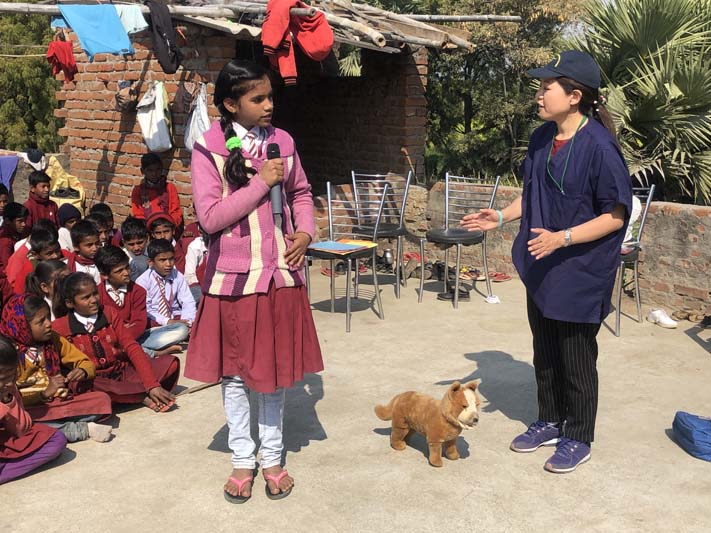
School Education
Three main programmes are being undertaken by the Kagyu Monlam Animal Camp this year:
1. Animal Birth Control/Anti-Rabies vaccination: Street dogs are caught humanely by hand or in a net and transported by truck to the surgical facility where they undergo surgical sterilisation and rabies vaccination. After recovery, they are returned to their original capture location. Some pet dogs are also brought to the clinic by their owners for surgical sterilisation and rabies vaccination. Sick and injured dogs and cats, puppies and kittens are also brought to the clinic for treatment.
2. Livestock Outpatients Department: This caters for the medical treatment and veterinary advice on care and husbandry of cows, buffalo, and goats. Many of the animals need deworming and nutritional supplements. Sadly, so far we’ve treated 4 cows with significant burns from the fires used to keep the cows warm during the cold winter.
3. Community education: The community education programme is two-pronged. It includes school visits on dog bite prevention, training on first-aid for dog bites, and teaching the importance of treating animals with love and compassion. Children are shown how to recognize dog behaviour which is important in dog bite and rabies prevention, and some techniques for managing interactions with dogs. Each year new schools are visited, but the message is reinforced by visiting schools that have been visited in previous years. It is pleasing to find that in schools visited in previous years, some children and teachers remember the key teaching points.

Village Education
The community education programme also involves providing information to villagers on basic care and welfare of their cows, buffalo, and goats. Villagers are encouraged to use harnesses rather than painful nose rings for their cows and reminded of the basic needs of animals being food, water and shelter.
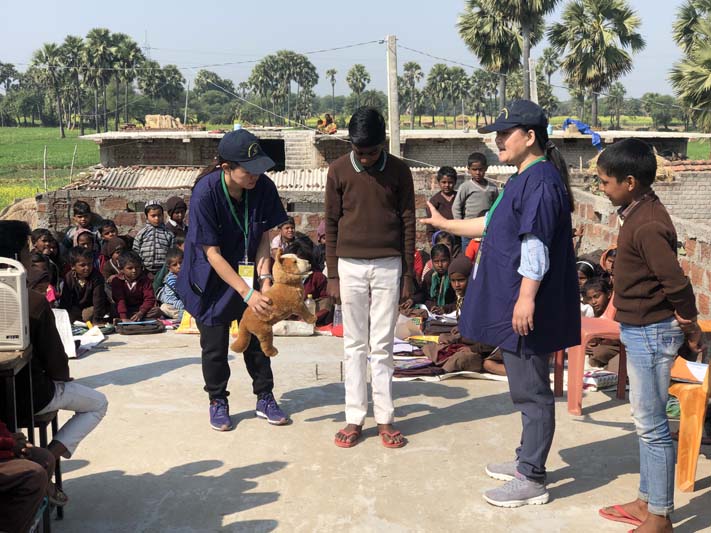
Dog bite prevention education
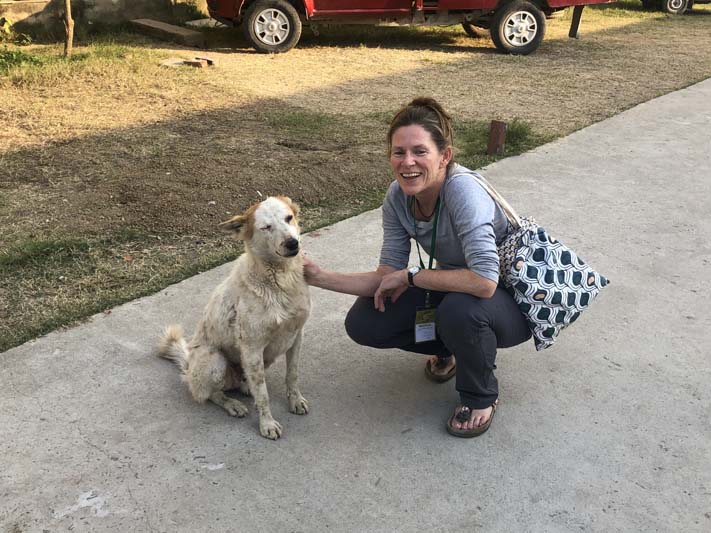
Dr. Ruth with dog
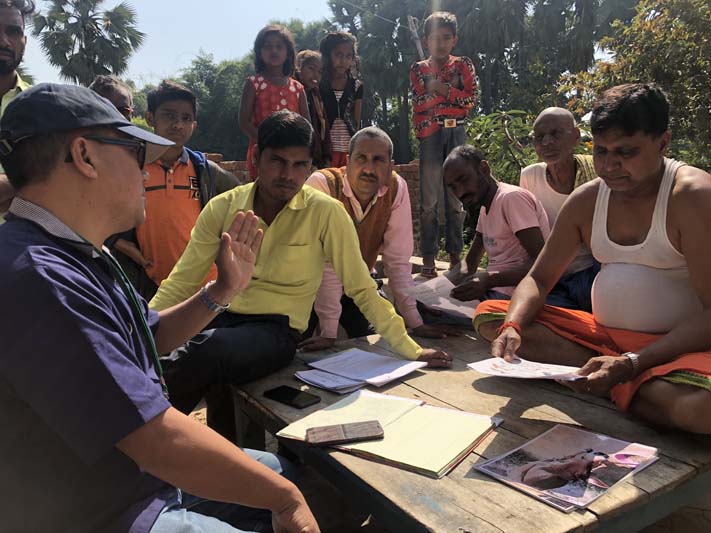
Talking with village head about animal welfare

































